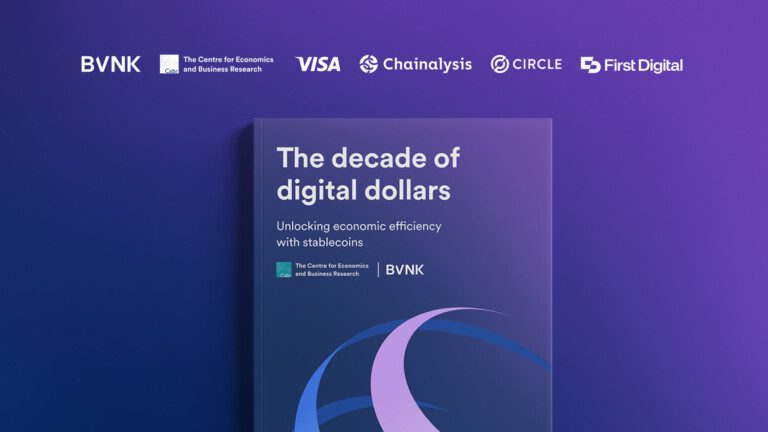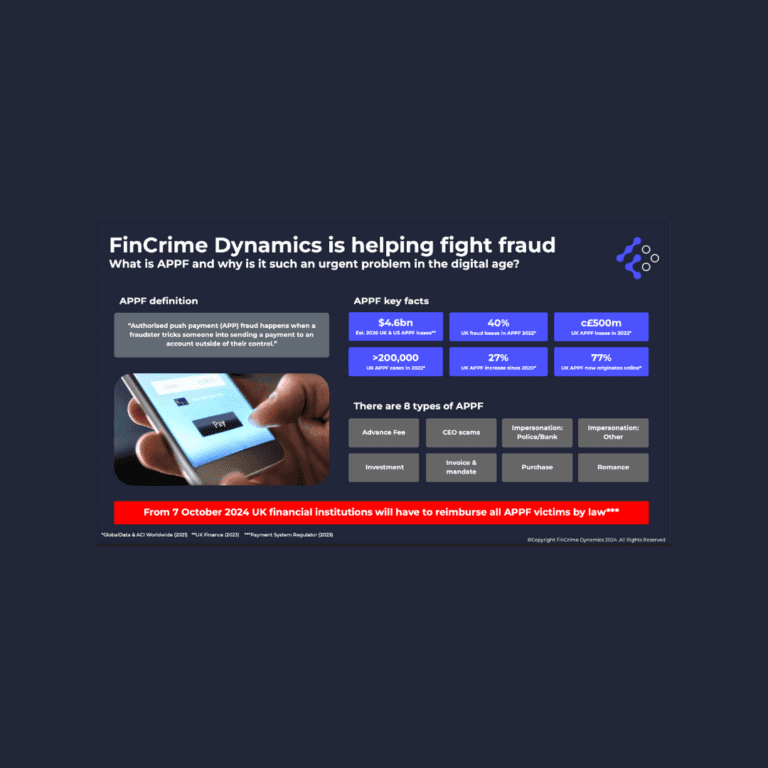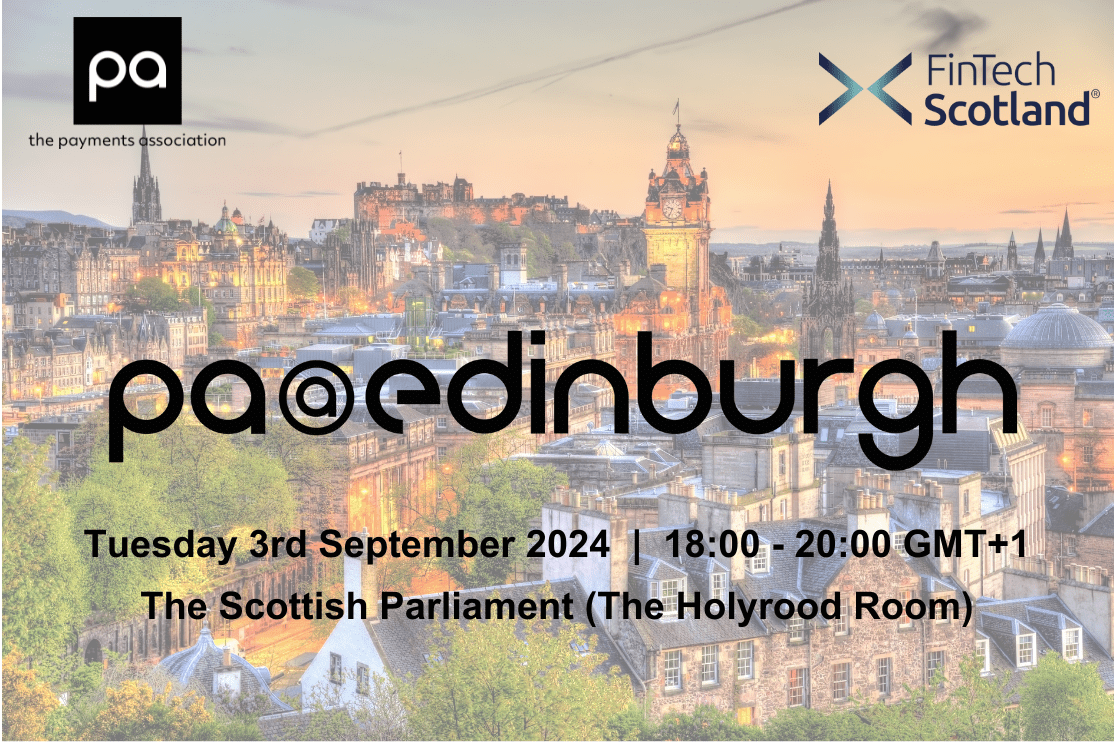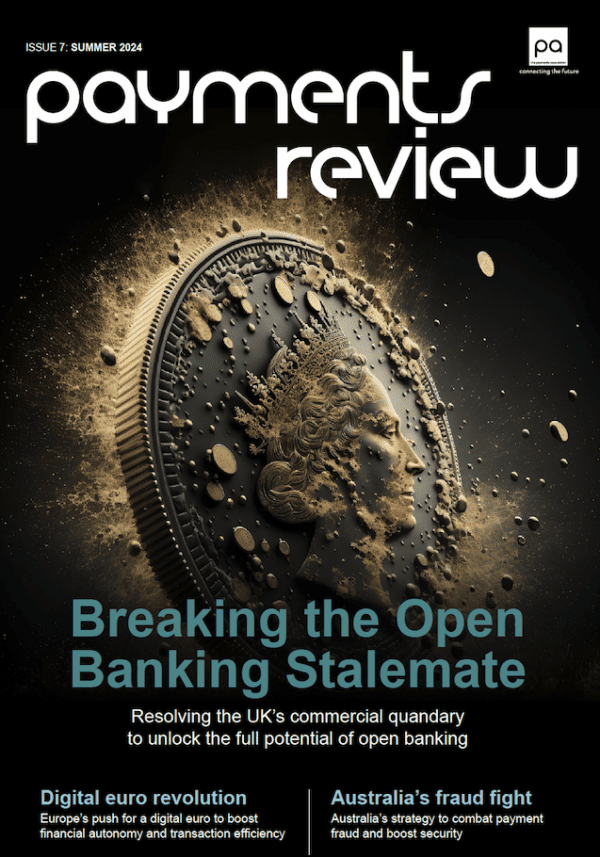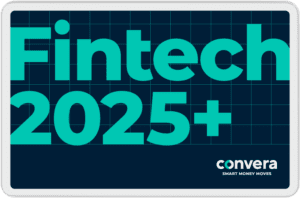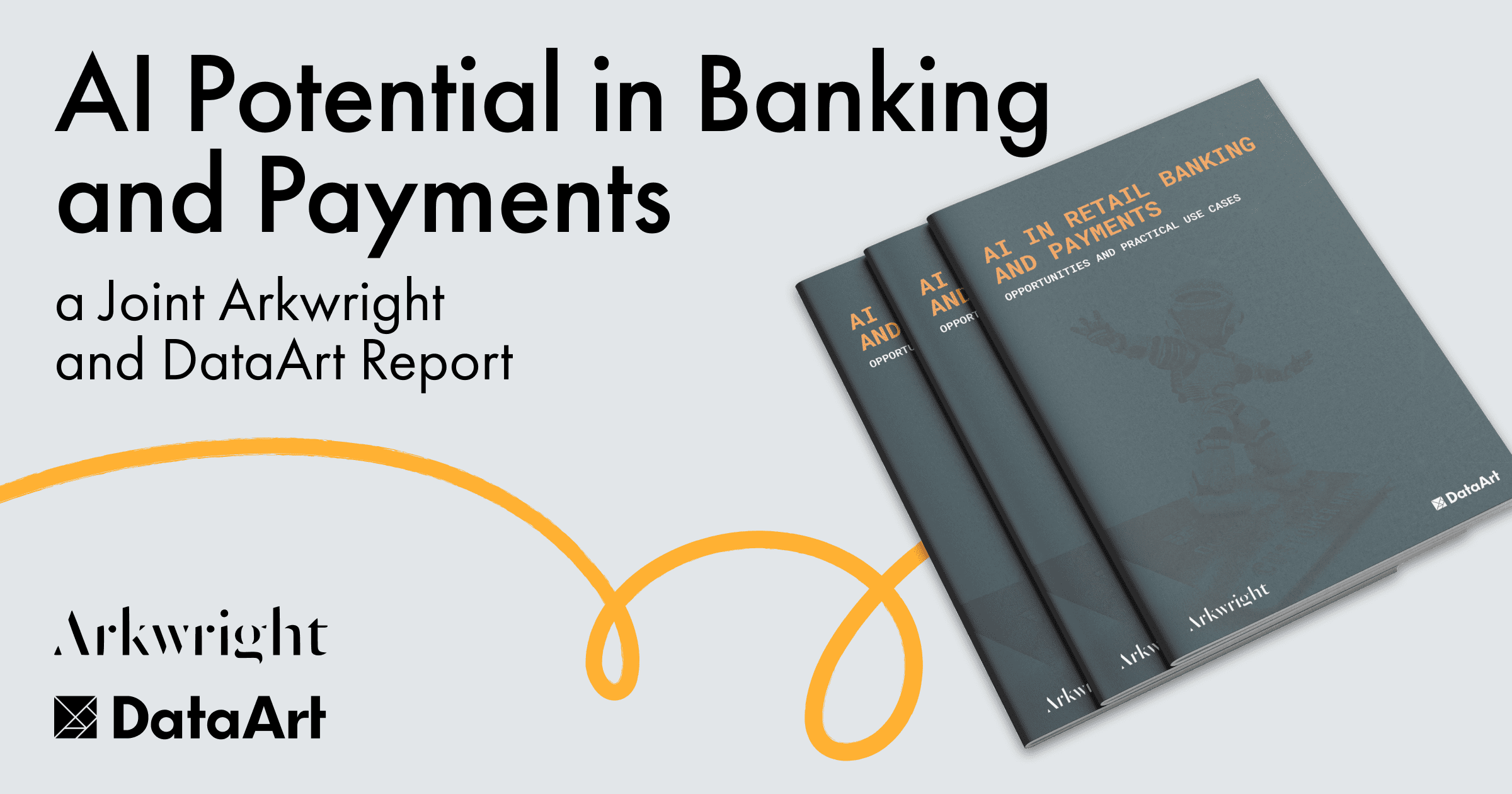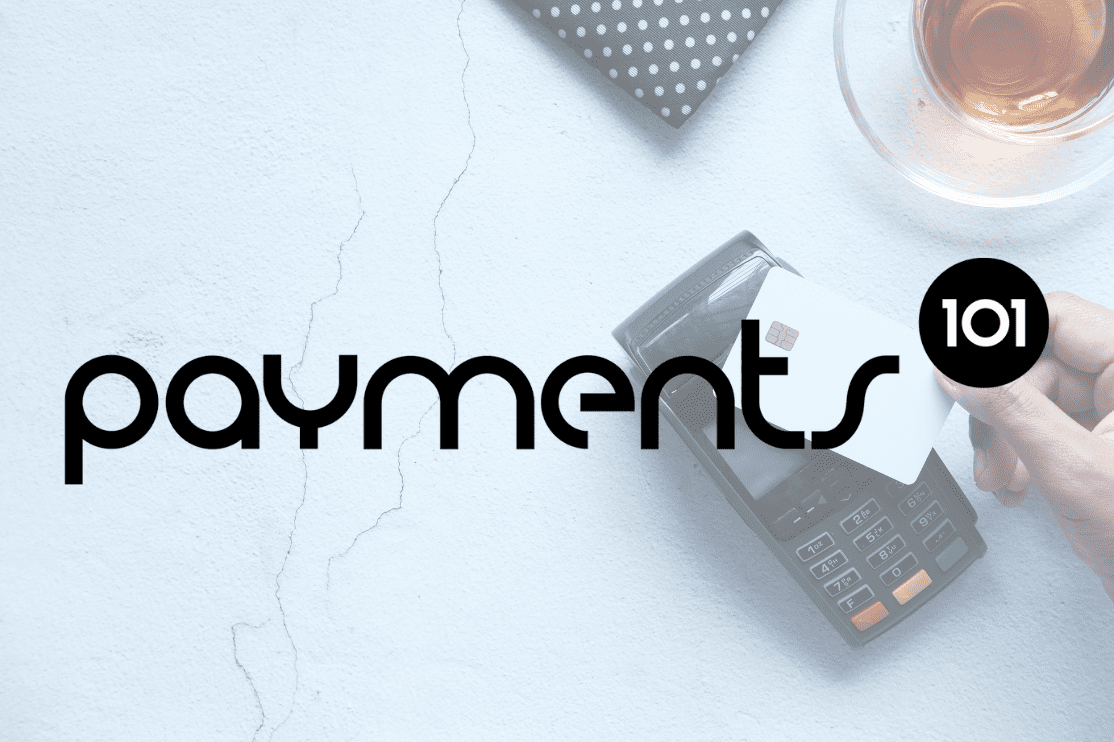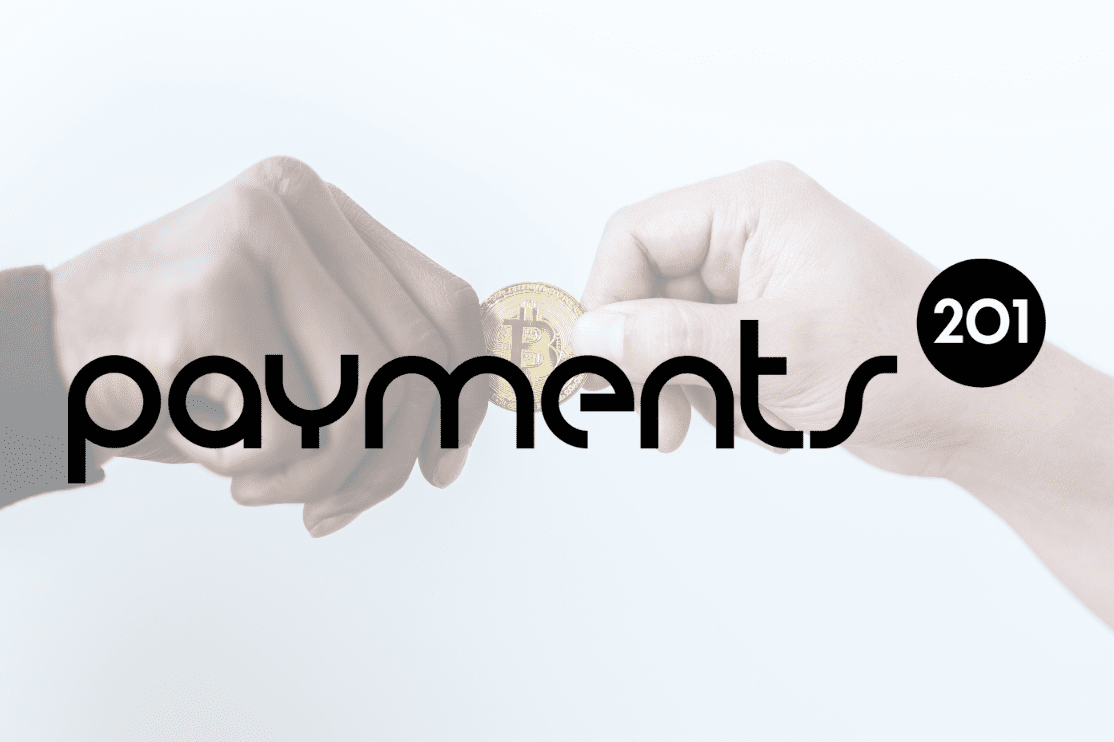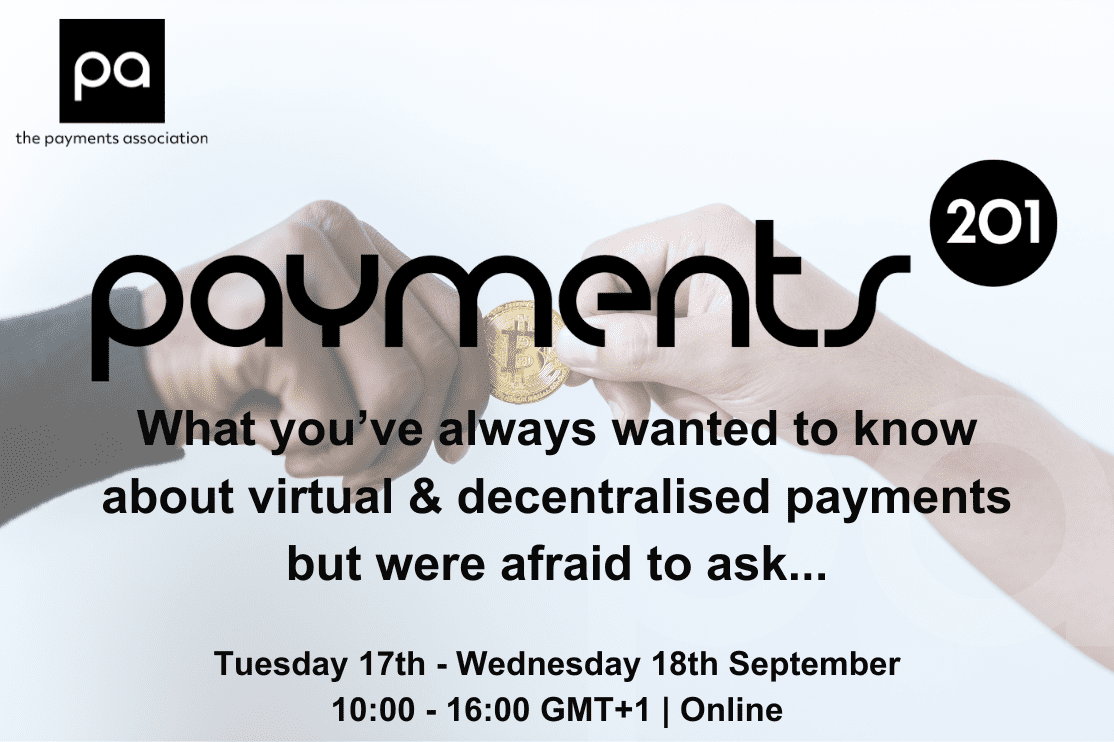Payment experiences have changed significantly over the last decade as more consumers and merchants expect payments to be made in real time and in their currency of choice.

The payment landscape is constantly evolving around the globe. For example, digital wallets have been adopted as much of the world follows what has been taking place across Southeast Asia. Buy now, pay later (BNPL) is growing rapidly and contactless payments continue to soar as we accelerate the transition to mobile first and online payments. Governments worldwide are even exploring the use cases for central bank digital currencies (CBDCs). China may be the global CBDC pioneer, but central banks in the US, Norway and the UK are exploring this concept as well.
Seize the opportunity
What’s classed as an ‘alternative payment’ method today is likely to be mainstream soon. A recent survey by Cornerstone Advisors found that a quarter of Gen Zers are crypto investors, and nearly three in ten plan to invest in 2022.
By 2030, 60% of global consumers will have made a transaction using an asset class other than fiat currency, according to IDC. This suggests that eight years from now, hundreds of millions of consumers will be actively using alternative digital payment methods such as crypto, stablecoins and digital assets to make their day-to-day transactions.
Today’s market offers a great opportunity for banks, fintechs and brands to support these newer payment methods. FIs are currently competing with e-commerce, fintechs, brands, telcos and others for share of wallet.
In order to win, incumbents must think differently and respond rapidly to market demands and keep up with evolving end-user behaviours. But with a growing number of asset classes such as the aforementioned digital currencies, gaming currencies and even brand loyalty points driving new digital commerce, how will traditional FIs’ payment technology keep up and allow for the innovation needed to preserve market share?
Breaking free from legacy tech
In 2020, 40% of global consumer payments were handled by FIs and 60% by non-FIs. While the fintech disruptors of the world are speeding ahead and taking a large share of the market, FIs are restrained by legacy technology.
Payments workflows and technology design in legacy platforms are steeped in traditional value definitions, which creates huge challenges when pursuing innovative new payment methods. Often the new ways to pay may require additional integrations and technology. Legacy tech often requires the extensive use of piecemealed systems, wrappers and processes to create solution sets and update products and services.
In fact, according to IDC, over 70% of traditional paytech infrastructures aren’t built to handle payments of the future. In turn, these traditional financial institutions are prevented from offering innovative payment solutions that not only cover real-time payments schemes, but also varied digital asset options.
Maintaining legacy systems is costly and often influences the budgeting process away from new tech. Global FI spending on existing payments technology is predicted to double to $80.3 billion in 2030, up from $39.7 billion in 2020. It’s clear that financial institutions are investing, but they’re investing in maintaining their dated platforms – and it’s impacting their ability to innovate and compete in an increasingly competitive industry.
All of this has led to a convergence between fintechs and FIs. A convergence that is likely to continue, whether through partnerships or acquisitions, until primary tech stacks allow for the innovation needed to maintain and grow share.
Having the technological know-how
Technology platforms that deliver a flexible approach to payments optimisation across a huge range of existing and future asset classes are currently in demand. This includes platforms that can quickly configure new payments products and harmoniously interact with other ecosystem services, such as data and security, across any asset class. By updating their ecosystem, FIs will be able to adapt and upgrade and hence allow for innovation that is required to meet consumer demand.
Embedded finance is increasingly in demand and the industry needs new tools and tech to provide the solutions that will allow businesses to keep and gain share. Moving to a highly fluid and customisable payments platform and working with innovative fintechs will allow institutions to create payments propositions of the future.
Bridging the gap
If ‘traditional’ FIs are to effectively compete in the financial services land grab we’re witnessing around the world, their payments platforms will need to be value type-agnostic and bridge the gap between new and old payment methods.
Offering interoperability and integrating capabilities is key to the development of flexible payments products and an efficient payments infrastructure. While non-FIs have taken a share of the current market, incumbents, who are thoroughly regulated and compliant, have the critical assets required to operate. Breaking free from legacy systems and adopting future-ready paytech will allow these institutions to compete for a larger market share and create rapid go-to-market offerings.


